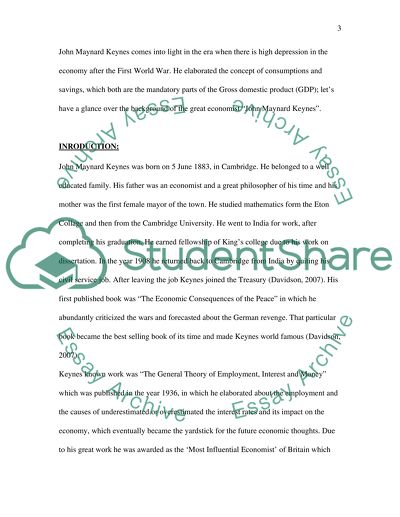Cite this document
(The General Theory of Employment Case Study Example | Topics and Well Written Essays - 2000 words, n.d.)
The General Theory of Employment Case Study Example | Topics and Well Written Essays - 2000 words. Retrieved from https://studentshare.org/biographies/1533805-keynesianism-as-crisis-management-strategy
The General Theory of Employment Case Study Example | Topics and Well Written Essays - 2000 words. Retrieved from https://studentshare.org/biographies/1533805-keynesianism-as-crisis-management-strategy
(The General Theory of Employment Case Study Example | Topics and Well Written Essays - 2000 Words)
The General Theory of Employment Case Study Example | Topics and Well Written Essays - 2000 Words. https://studentshare.org/biographies/1533805-keynesianism-as-crisis-management-strategy.
The General Theory of Employment Case Study Example | Topics and Well Written Essays - 2000 Words. https://studentshare.org/biographies/1533805-keynesianism-as-crisis-management-strategy.
“The General Theory of Employment Case Study Example | Topics and Well Written Essays - 2000 Words”, n.d. https://studentshare.org/biographies/1533805-keynesianism-as-crisis-management-strategy.


